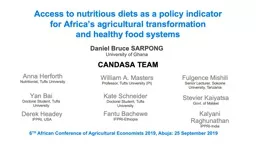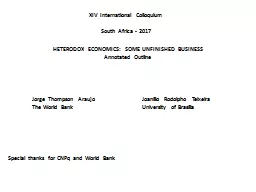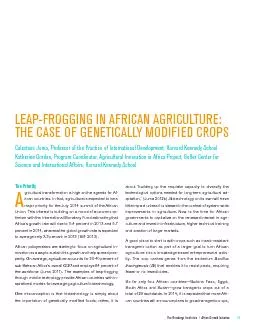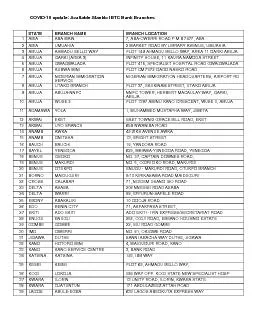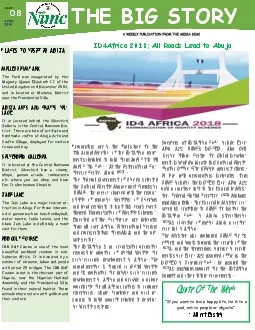PPT-6 TH African Conference of Agricultural Economists 2019, Abuja: 25 September 2019
Author : ellena-manuel | Published Date : 2019-11-24
6 TH African Conference of Agricultural Economists 2019 Abuja 25 September 2019 Access to nutritious diets as a policy indicator for Africas agricultural transformation
Presentation Embed Code
Download Presentation
Download Presentation The PPT/PDF document "6 TH African Conference of Agricultur..." is the property of its rightful owner. Permission is granted to download and print the materials on this website for personal, non-commercial use only, and to display it on your personal computer provided you do not modify the materials and that you retain all copyright notices contained in the materials. By downloading content from our website, you accept the terms of this agreement.
6 TH African Conference of Agricultural Economists 2019, Abuja: 25 September 2019: Transcript
Download Rules Of Document
"6 TH African Conference of Agricultural Economists 2019, Abuja: 25 September 2019"The content belongs to its owner. You may download and print it for personal use, without modification, and keep all copyright notices. By downloading, you agree to these terms.
Related Documents

